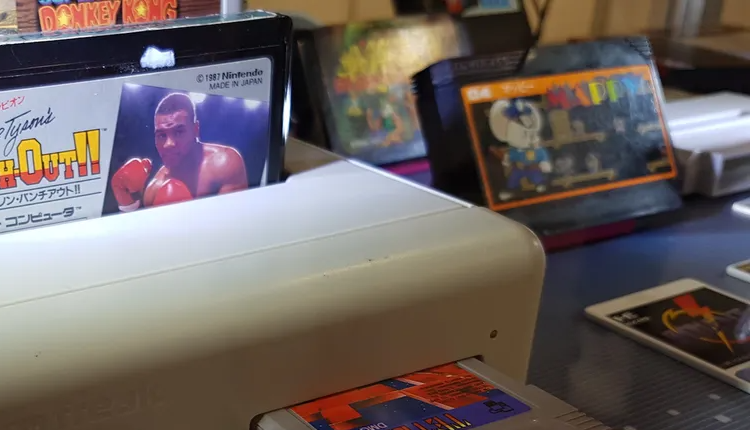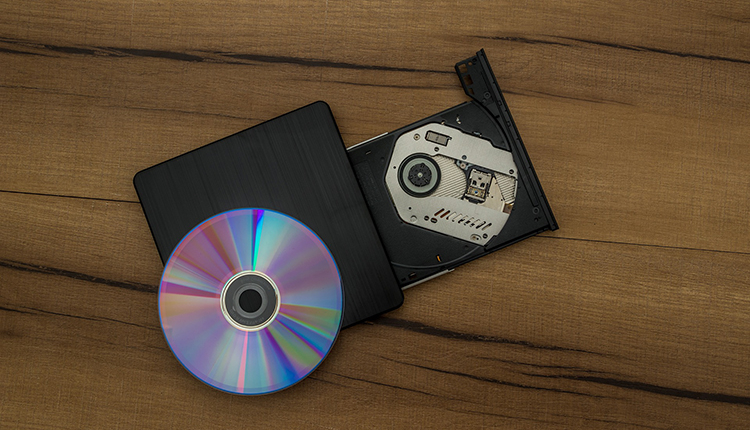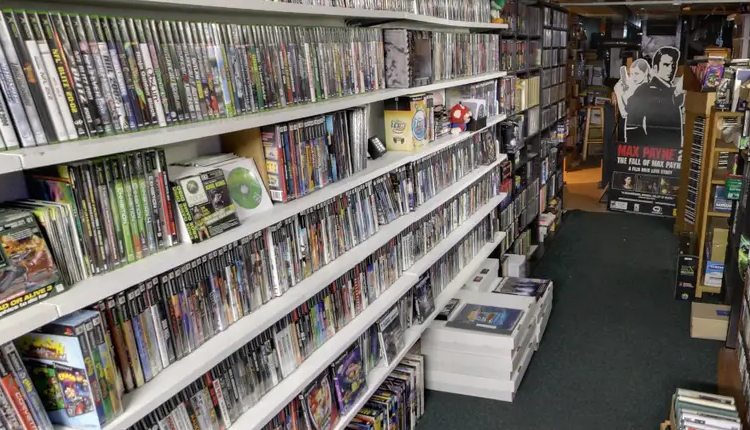
What Storage Media Exist
The history of physical copies of video games is a fascinating journey spanning several decades, during which significant evolution has taken place in the ways games are stored and distributed. Each era introduced its unique storage media, each profoundly impacting how players interacted with games and how developers worked with technology. From cartridges to modern Blu-ray discs and portable console cartridges, these storage media not only reflect the technological advancements of their time but also influence accessibility, cost, distribution, and the popularization of games.
These physical media often defined the boundaries of what was possible in game design, affecting game sizes, graphics, sound, and even gameplay. Developers had to adapt to the limitations of storage media, whether it was the limited memory of cartridges or the longer loading times of CDs and DVDs. However, each new medium brought new possibilities, contributing to the overall development of the industry.
While digital distribution is gradually replacing physical media, their history remains an important part of the evolution of video games, reflecting transitions between different stages of technological progress and user preferences.
Early Media (1970s – Early 1980s)
Cartridges: The first video games were released on cartridges, starting with systems like the Atari 2600 (1977). Cartridges were physically durable and could contain entire games. They remained popular throughout the 1980s and 1990s (NES, Sega Genesis). However, their limited memory and high production costs led to the search for alternatives.
Cassettes: In the early 1980s, some computers, such as the Commodore 64 and ZX Spectrum, used audio cassettes to store games. This was a cheap solution but slow and unreliable.
Floppy Disks and Other Formats (1980s – Early 1990s)
Floppy Disks: In the 1980s and early 1990s, computers like the Amiga and MS-DOS PCs used 5.25-inch and later 3.5-inch floppy disks. These were more compact and allowed for game and data storage but had limited capacity.
LaserDiscs: Formats like LaserDisc were used in arcade games, such as Dragon’s Lair (1983). However, LaserDiscs did not gain widespread adoption in home consoles.
CD-ROM and DVD-ROM (Mid-1990s – 2000s)
CD-ROM: With the rise of consoles like the PlayStation (1994) and PCs, CD-ROMs became the dominant format for games. They offered up to 700 MB of storage, allowing developers to include high-quality graphics and sound. CDs became the standard in the mid-1990s and remained popular until the early 2000s.
DVD-ROM: With the arrival of consoles like the PlayStation 2 (2000) and Xbox (2001), DVD-ROMs replaced CD-ROMs. They offered up to 4.7 GB of storage (or 8.5 GB for dual-layer discs), allowing for even larger game content. DVDs remained the standard until the late 2000s.
Blu-ray and Portable Cartridges (2006 – Present)
Blu-ray: Consoles like the PlayStation 3 (2006) and PlayStation 4 (2013) transitioned to Blu-ray discs, which could store up to 50 GB of data on dual-layer discs. This enabled high-resolution games with large amounts of content.
Portable Cartridges: Handheld consoles like the Nintendo DS (2004) and Nintendo Switch (2017) returned to using cartridges. Modern cartridges are compact and can store large amounts of data, ensuring fast loading times and convenience.
The Decline of Physical Media (2010s – Present)
In recent years, digital game copies have become more popular due to the convenience of purchasing and downloading through online stores like Steam, PlayStation Store, and Xbox Live. This has reduced the demand for physical copies, though they remain popular among collectors and certain markets.
Conclusion
Physical video game media have evolved from cartridges and floppy disks to CDs, DVDs, and Blu-ray discs, eventually returning to cartridges for portable devices. The main reasons for these changes include technical limitations, production costs, and user convenience. While digital distribution has become dominant in recent years, physical copies continue to exist as an important part of gaming culture.



